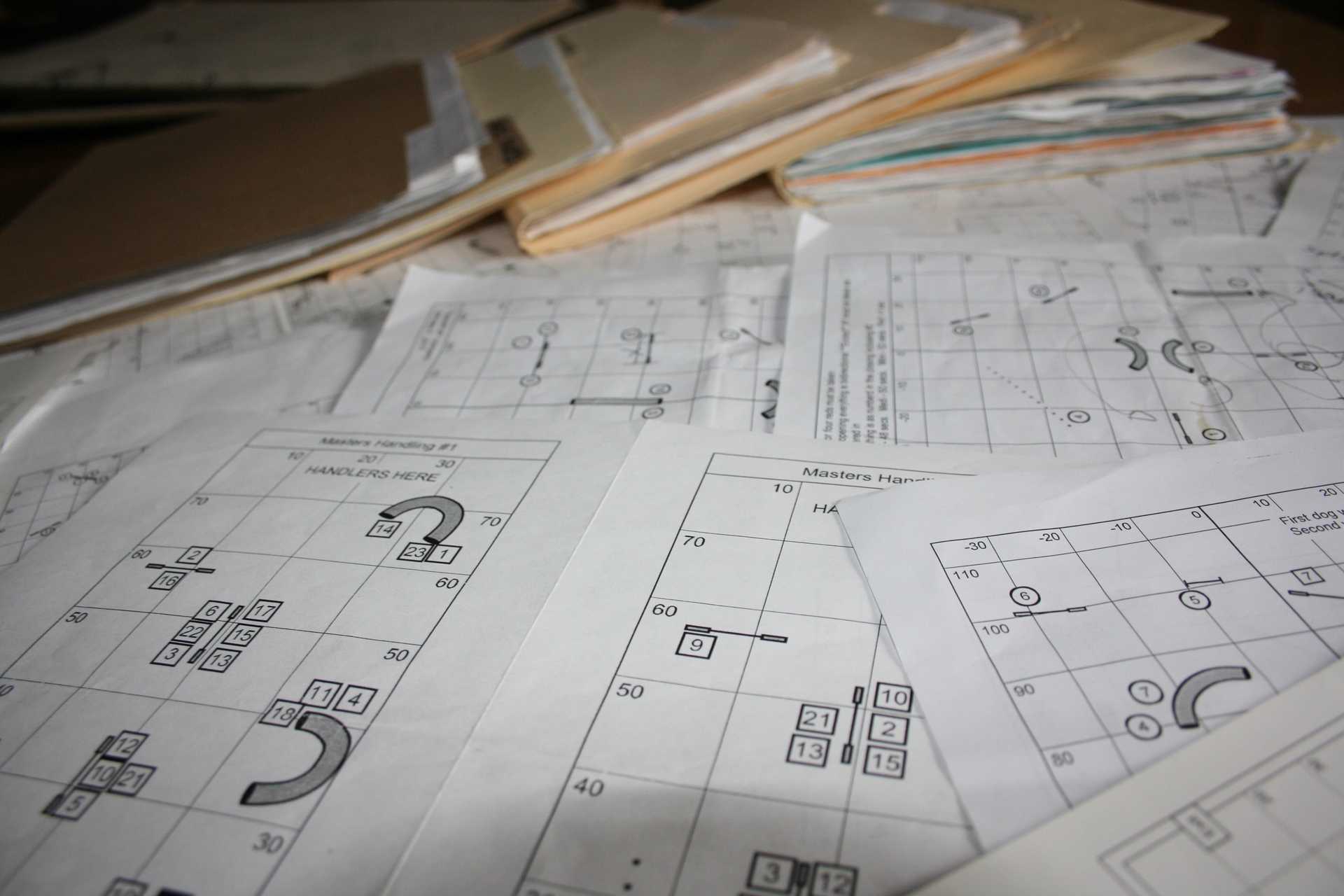Do It Yourself Box Jump Sequences
18 Dec 2005
There was a request on the AgileX email list a few weeks ago for Box Jump Box/Hobday Box/Jump Box/Jump SquareJump Box DrillsDouble Box SequencesDo It Yourself Box Jump SequencesJump Box Drill GeneratorDouble Box Sequence GeneratorNew Jump Box Sequence GeneratorStar Box Sequence GeneratorStar Box SequencesThe Jump Box in Course Design Sequences. I was thinking about posting some sequences and then it hit me. With only four jumps arranged in a Box there are no invalid numberings of the obstacles. So you can take any number of numbered cones arrange them around the jumps and you will always have a “do-able” course. It may not be “flowing” or easy but you can always get from one number to another.
So if you want to give this a try here’s all you have to do:
- Setup your four jumps.
- Select a number of jump cones, you can even use playing cards, I like to use 8-10.
- "Shuffle" the cones so they aren't in numerical order.
- Walk to each jump and place one cone on each side of each jump. Or walk around in a circle on the inside and outside placing the next cone on the stack at each obstacle.
- Walk and run your "course" in the numerical sequence on the cones.
Since you didn’t consciously order the cones you won’t end up with a sequence that only exercises the handling/sequences you prefer.
The more I think of it I like the idea of using playing cards. You can just shuffle them and deal them out on a table in shape of the Box jumps to get your sequence. You could call this approach “Box Bridge” or “Sequence Solitaire”. Or place the cards on the ground next to each obstacle. You can refer to them while walking the course but they are out of the way when running the course (this can be painful on larger sequences!).
If you have trouble remembering courses this type of drill can be extra challenging, and consequently good practice. Challenging because you don’t have any “landmarks” on the course to reorient yourself with the sequence; everything is just a jump. So you might start with a small number of cones and as you get the sequence memorized add on cones randomly to the existing sequence. Then you can run the longer and longer sequences.
Another mechanism you can use to help remember sequences is to not actually use cones on the course. I found in training intermediate students they can get used to referring to the cones on course while running it rather than having the sequence in their heads. This mid course “resync” typically causes a handling error. This is another case where using playing cards placed either at each obstacle or on a table allows for reference to the course sequence but not when actually running the course.
I like this type of training drill. I find that if I have obstacles already set up and don’t have a specific training objective it is too easy to pick an easy or comfortable path through obstacles. I know you are always supposed to have a plan(s) when going into a training session, but sometimes you need to take a break from a specific task, or challenge yourself in a new way. By running the sequence as you “dealt it” you may be forced to address a handling issue you’ve always wanted to work on.
If you enjoyed this article won't you please:  Thanks!
Thanks!
